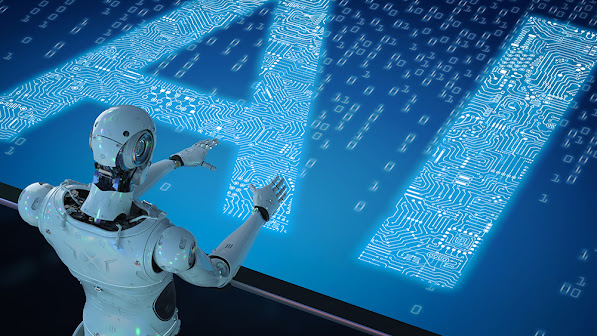Automated Robotic Processes (RPA)
What exactly is an automated robotic process?
 |
| Source |
What are RPA's business advantages?
Workflows are streamlined through robotic process automation, which helps businesses become more profitable, adaptable, and responsive. By reducing menial duties from their workdays, it also boosts employee satisfaction, engagement, and productivity.
RPA can be quickly installed and is non-intrusive, which speeds up digital transformation. It's also perfect for automating processes using antiquated systems that lack virtual desktop infrastructures (VDI), database access, or APIs.
How can I implement RPA?
.webp) |
| Source |
The most user-friendly RPA solutions are provided by Automation Anywhere, making them accessible to everyone. Enterprise-grade technology with a user-friendly consumer app interface. Some of the top brands in the world have automated business processes using our RPA+AI platform of products.
What exactly is an automated robotic process?
Instead, software robots running on a physical or virtual machine are the "robot" in robotic process automation. That kind of automated technology is intended to seem somewhat dull, especially in comparison to the Hollywood robots. The main goal of RPA is to automate some of the most boring and repetitive computer-based operations and business procedures. Consider activities like copying and pasting or transferring files between locations.
RPA automates routine tasks that formerly required human involvement—often a lot of it done repetitively and laboriously. RPA also promises to increase organizational efficiency in this way.
Five straightforward methods to define RPA
- RPA, to put it simply, is the method of automating repetitive, high-volume, rule-based, trigger-driven processes using a software bot that combines automation, computer vision, and machine learning. —David Landreman, Olive's CPO.
- Vishnu KC, lead senior software analyst at ClaySys Technologies.
- RPA is a type of computer program that executes rules-based operations. Chris Huff, Kofax's chief strategy officer.
- RPA is a more sophisticated form of business process automation that can record operations carried out by a human on their computer and subsequently carry out those tasks autonomously. In essence, it is a copycat virtual robot. — Marcel Shaw, an Ivanti federal systems engineer.
- RPA's primary function, to put it simply, is to automate routine operations that humans traditionally handled. Applications and systems can all use the software to do repeated activities. A workflow with numerous steps and applications is taught to the programme. Anthony Edwards, Eggplant's COO.

Comments
Post a Comment